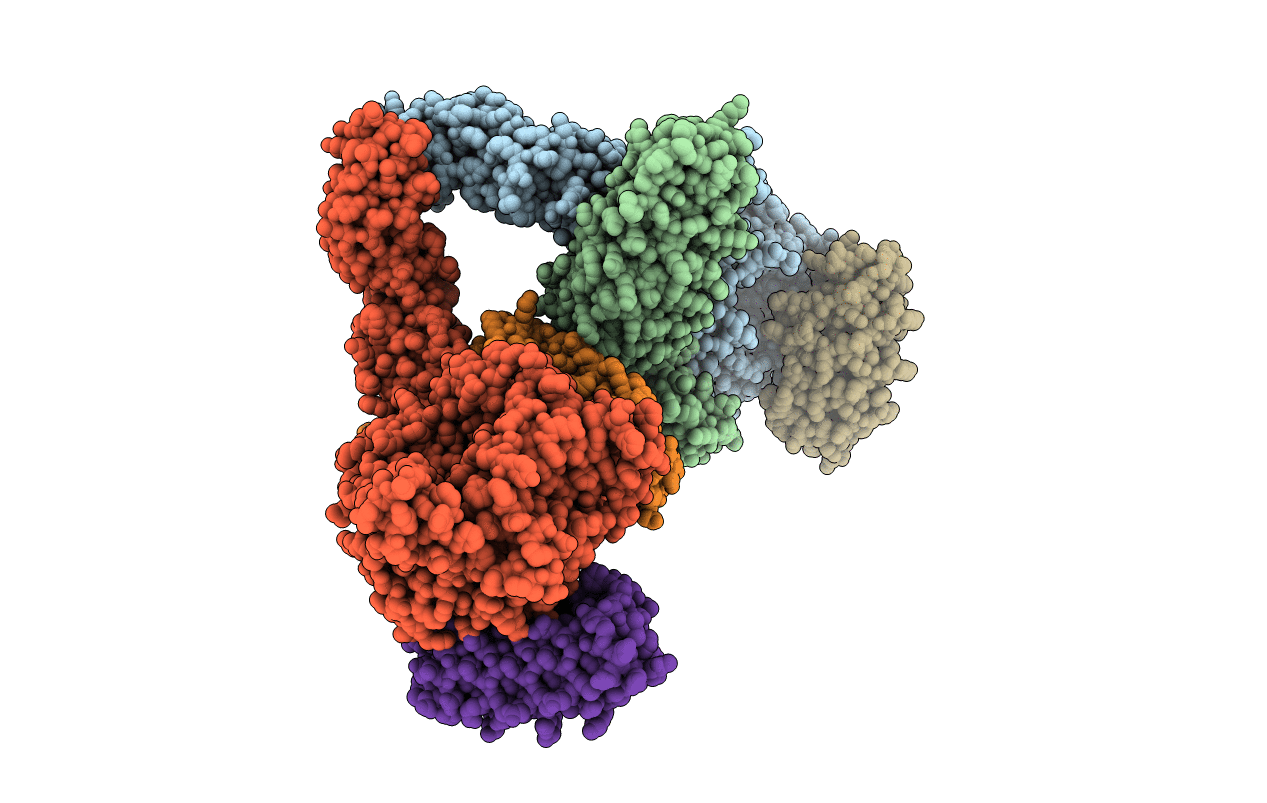
Deposition Date
2018-04-19
Release Date
2019-05-15
Last Version Date
2024-10-09
Entry Detail
PDB ID:
6GCU
Keywords:
Title:
MET receptor in complex with InlB internalin domain and DARPin A3A
Biological Source:
Source Organism:
Homo sapiens (Taxon ID: 9606)
Listeria monocytogenes serovar 1/2a (strain ATCC BAA-679 / EGD-e) (Taxon ID: 169963)
synthetic construct (Taxon ID: 32630)
Listeria monocytogenes serovar 1/2a (strain ATCC BAA-679 / EGD-e) (Taxon ID: 169963)
synthetic construct (Taxon ID: 32630)
Host Organism:
Method Details:
Experimental Method:
Resolution:
6.00 Å
R-Value Free:
0.27
R-Value Work:
0.26
R-Value Observed:
0.26
Space Group:
P 31


